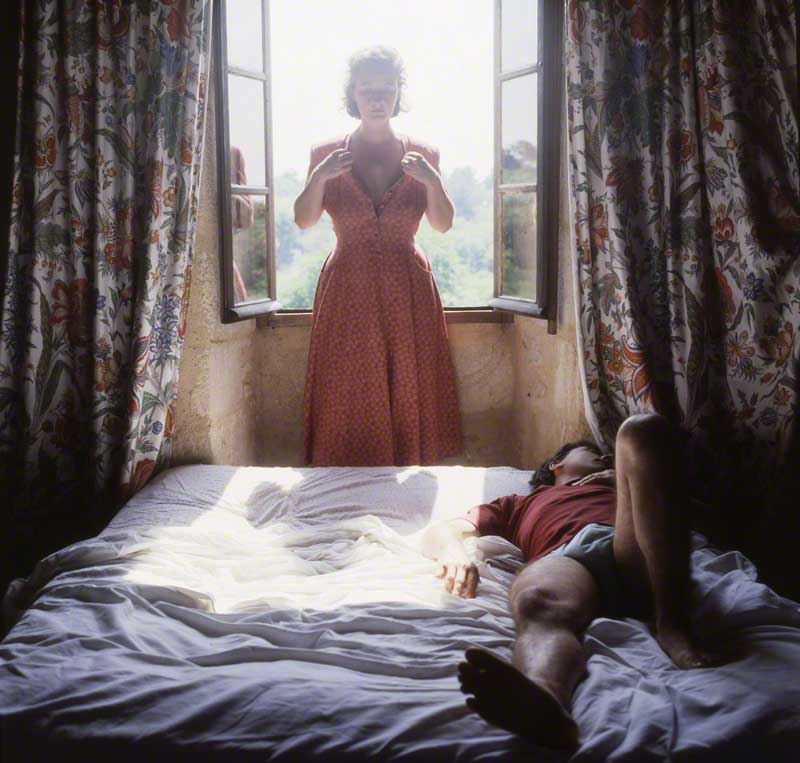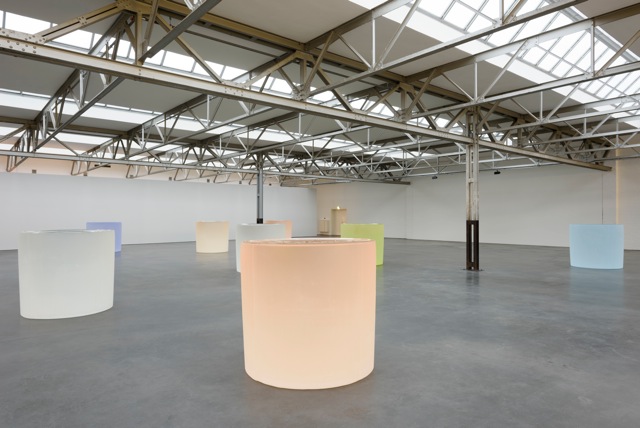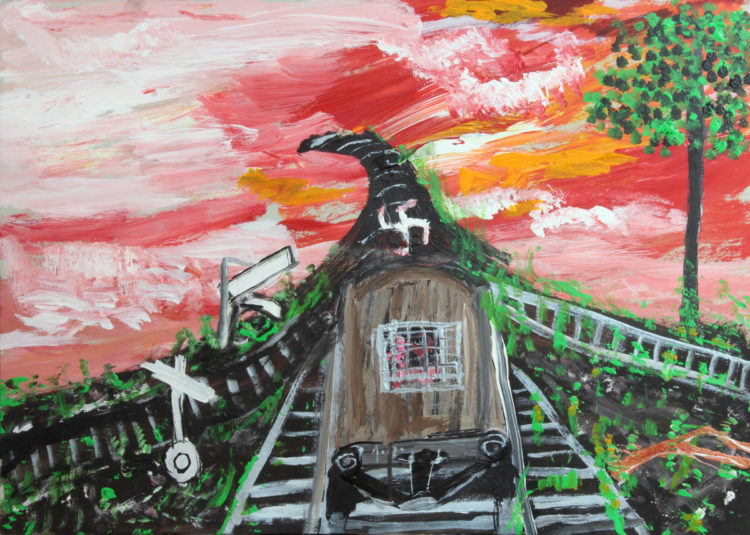Focus
“All my work of the last fifty years, all my subjects, have found their inspiration in my childhood”, Louise Bourgeois once said (1911-2010; Louise Bourgeois. Album, New York, Peter Blum, 1994). When the works of an artist come to grips with childhood trauma, they become repositories of a “true” and “fantasised” life.
Throughout the 1970s, a new genre combining fiction and autobiography began to come into use. It was called autofiction, a word coined by the writer Serge Doubrovsky in 1977. In literature, autofiction enables the author, who is also both the narrator and the main character, to recount his or her life in a novelised form. In the field of visual arts, several artists have used this process in which they become both players and creators in a narration that combines fiction and reality, while also maintaining an ambiguity as to the truthfulness of the facts depicted.
This is the case for Sophie Calle (b. 1953), who began to create factual narration and to take an interest in the notion of intimacy as early as 1978 by openly staging elements from her own life in writing and photography. For No Sex Last Night (1992), she asked her partner Greg Shephard to film their relationship. In doing so, the artist constructed her own “individual mythology”, an expression used by Harald Szeemann to describe one of the sections of documenta 5 Kassel in 1972. The 1970s would come to be known for the large number of works in which artists explored their personal lives; Annette Messager (b. 1943), for instance, used the first person form in the titles of her “album-collections” – Mes clichés témoins [Control Snapshots, 1971-1973], Mes jalousies [My Jealousies, 1972] – and pieces from the 1980s – Mes trophées [My Trophies, 1987], Mes petites effigies [My Little Effigies, 1988], and Mes vœux [My Vows, 1989].
In their process of documenting the artist’s life, Florence Paradeis’ (b. 1964) photographs are populated by members of her circle of family and friends staged in fake tableaux of their everyday activities. As for Florence Chevallier (b. 1955), her existentialist soul-searching leads her to stage her own body, revealing its most secret facets.
1911 — France | 2010 — United States

Louise Bourgeois
1953 | France
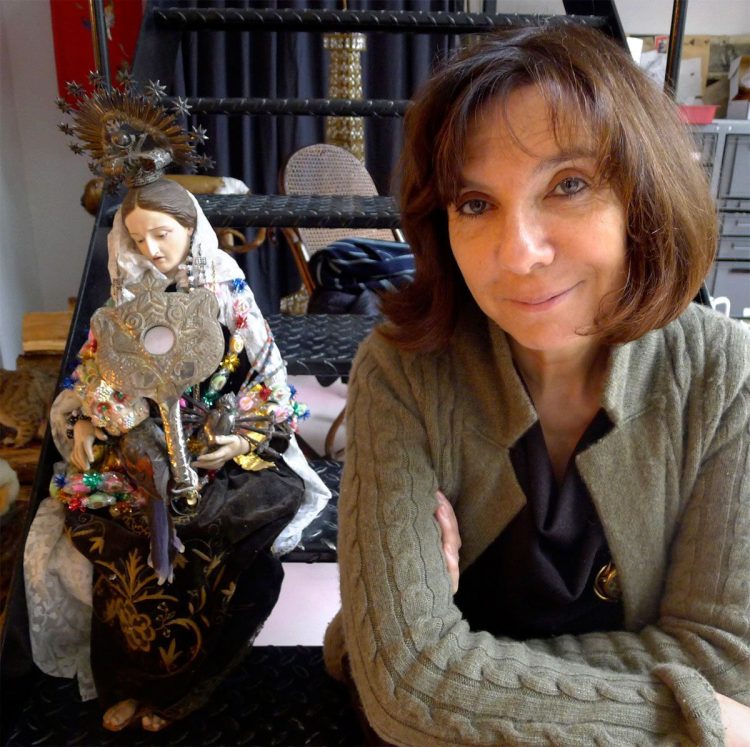
Sophie Calle
1943 | France

Annette Messager
1955 | Morocco
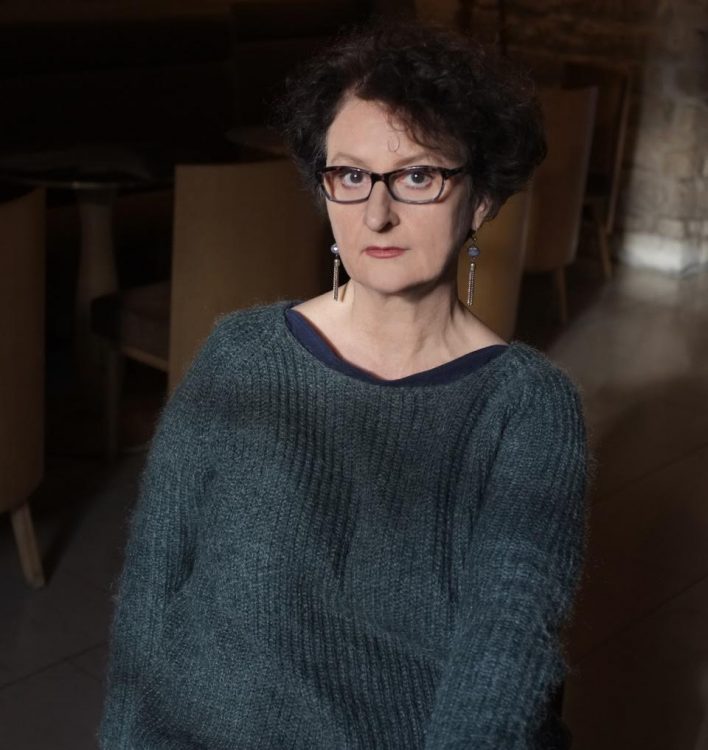
Florence Chevallier
1964 | France

Florence Paradeis
1950 | United States
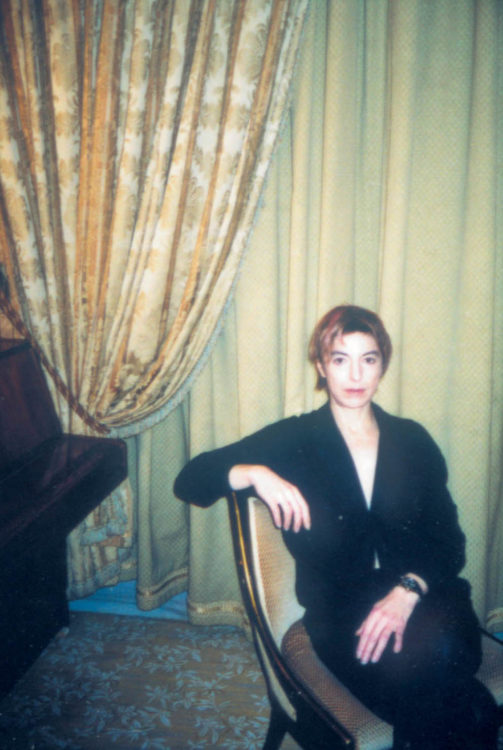
Martine Aballéa
1935 | UNITED STATES

Eleanor Antin
1935 — 1981 | France

Claude Batho
1953 | United States

Nan Goldin
1938 — 2016 | Croatia
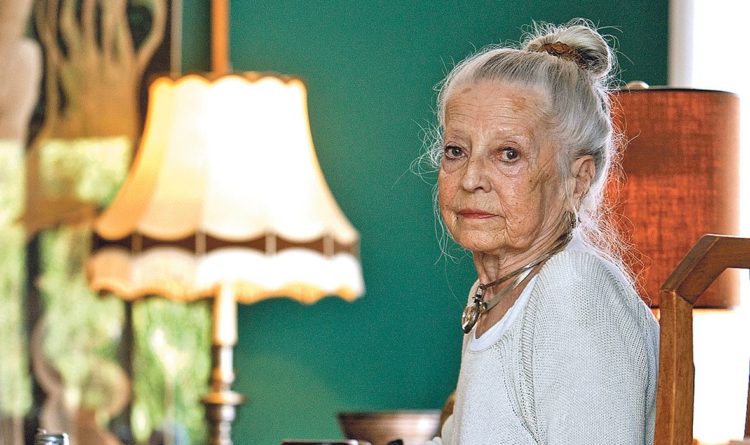
Nives Kavurić-Kurtović
1958 — 1981 | United States

Francesca Woodman
1943 | United States

Howardena Pindell
1933 | Italy

Lucia Marcucci
1950 — Belgium | 2015 — France
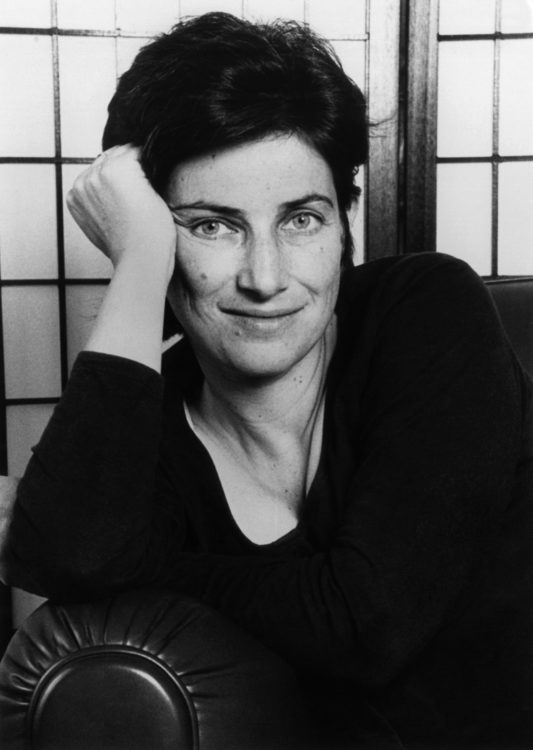
Chantal Akerman
1954 | United States
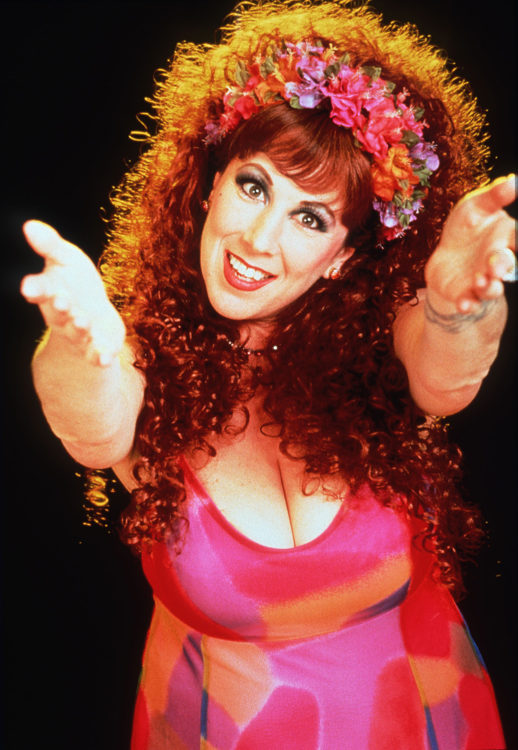
Annie Sprinkle (aka Ellen F. Steinberg)
1864 — 1952 | United States
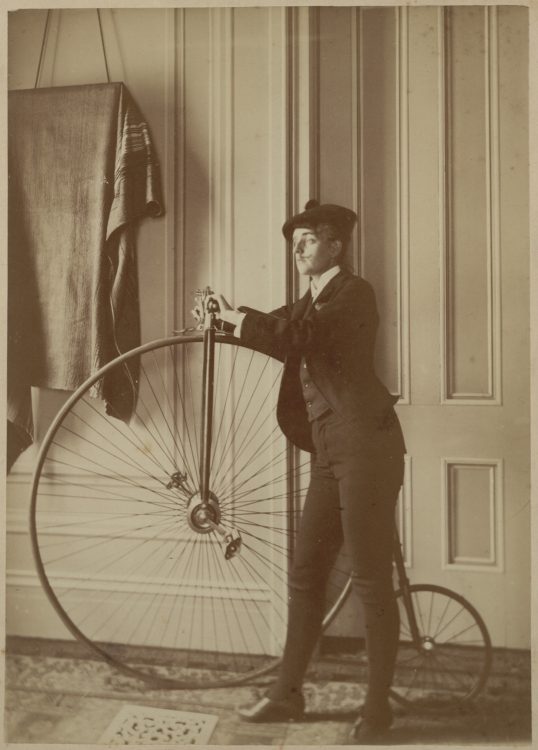
Frances Benjamin Johnston
1960 | France
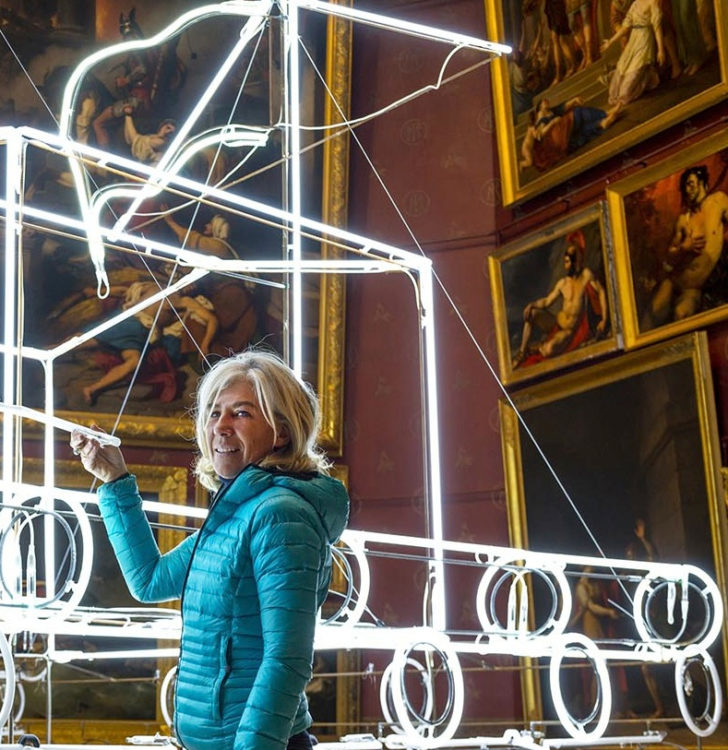
Nathalie Talec
1963 | Poland
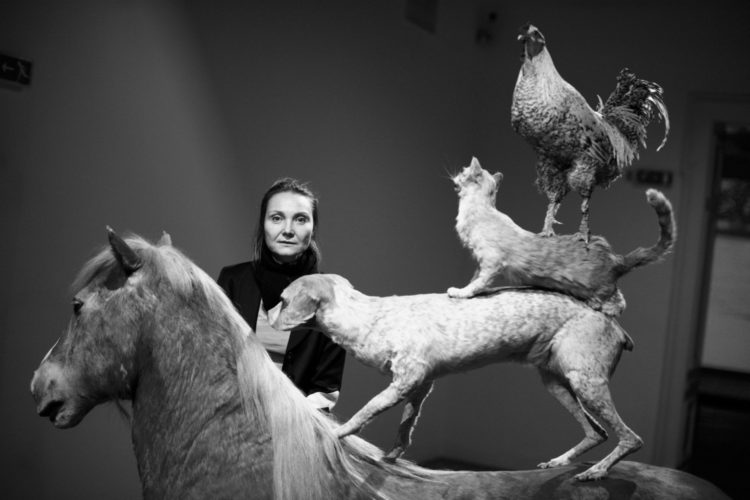
Katarzyna Kozyra
1951 | États-Unis
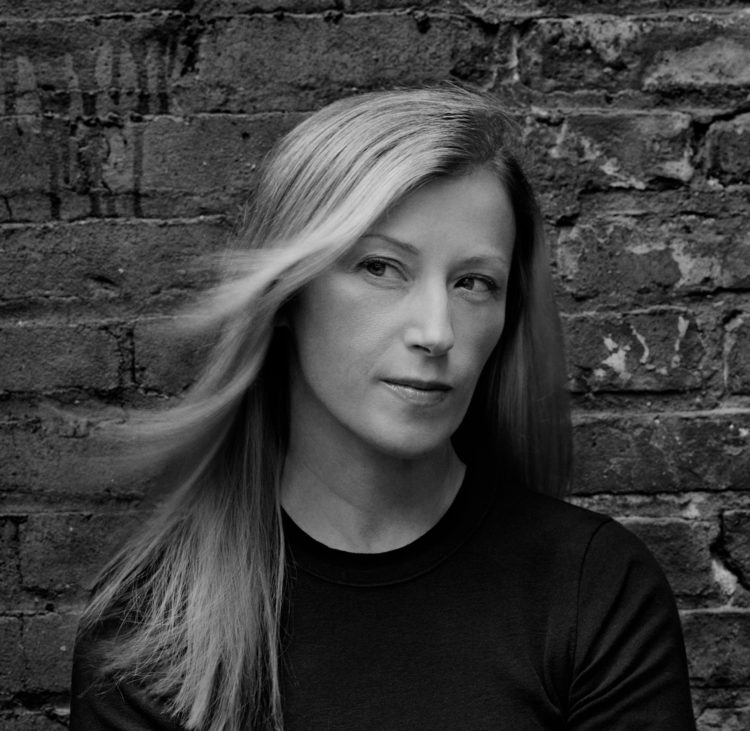
Cindy Sherman
1947 | Mandatory Palestine

Juhaina Habibi Kandalaft
1920 — 1960 | Australia

Joy Hester
1969 | Canada

Skawennati
1948 | Israel
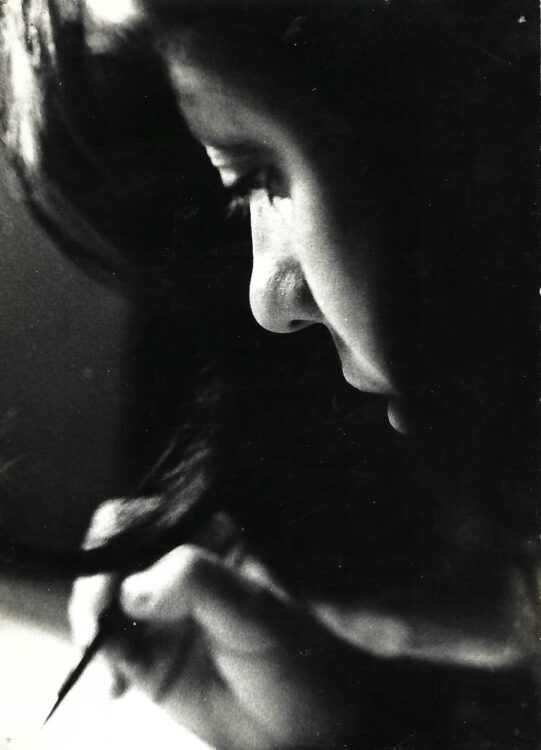
Haya Graetz-Ran
1969 | Russia

Louisa Babari
1969 | Austria

Barbara Breitenfellner
1935 | Mexico
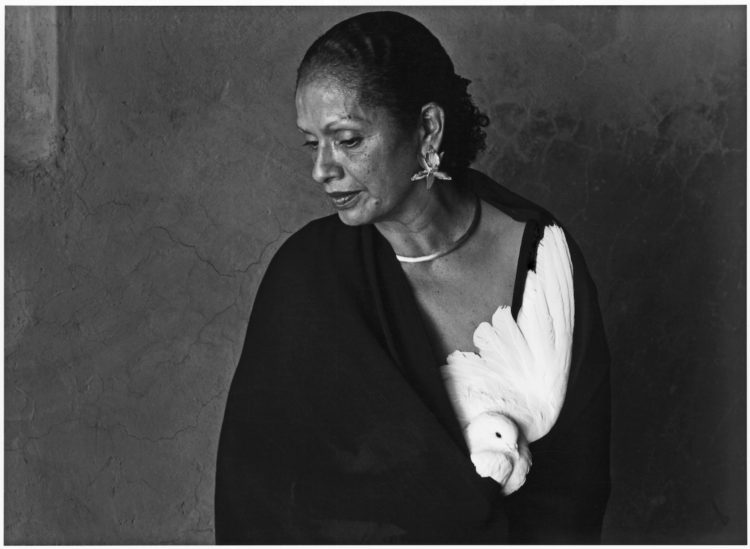
Julia López
1973 | Lebanon
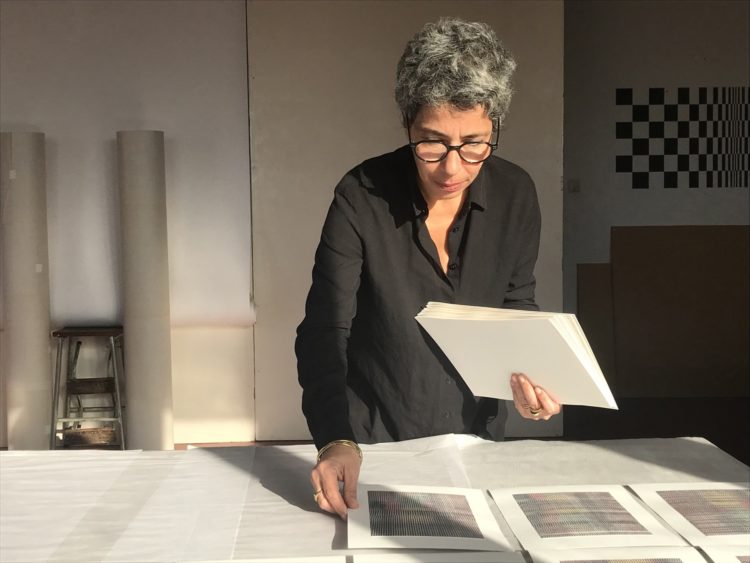
Lina Jabbour
1951 | Singapore
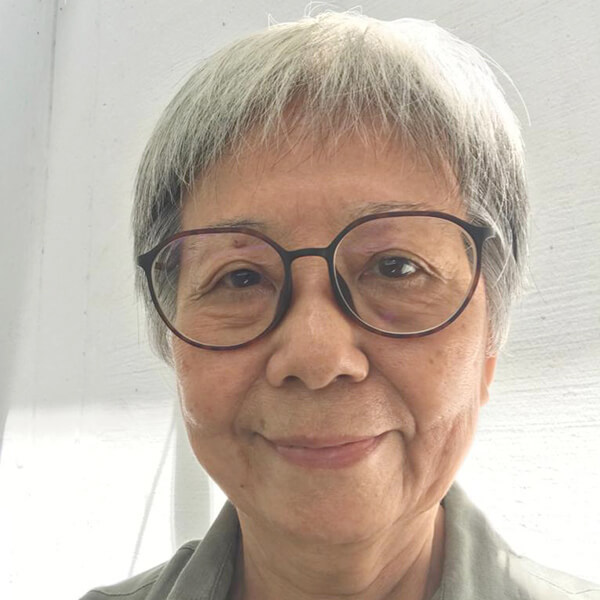
Amanda Heng
1957 | Thaïlande

Araya Rasdjarmrearnsook
1951 | Israel
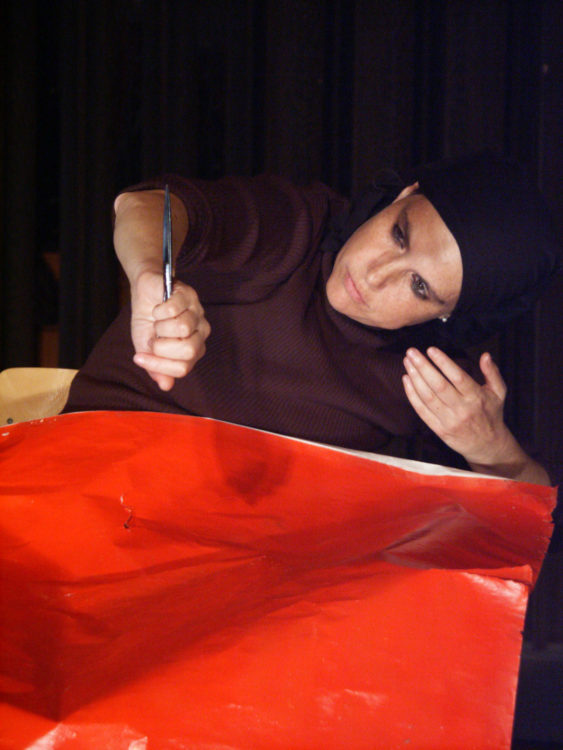
Adina Bar-On
1965 — 2024 | Turkey
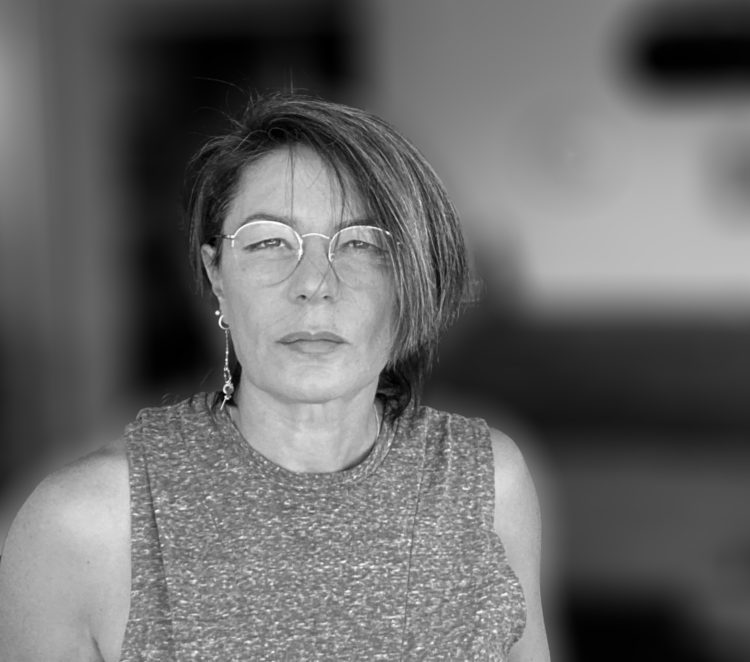
Gülçin Aksoy
1946 | Spain
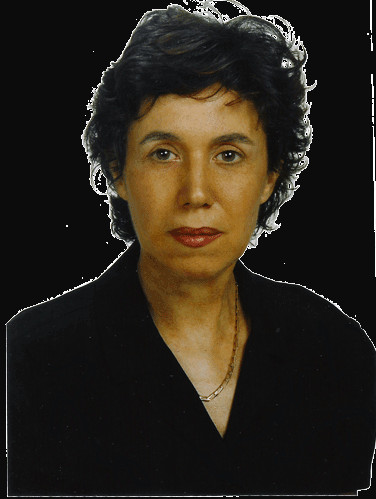
Eulàlia Grau
1973 | Ukraine

Oksana Briukhovetska
1969 | United States
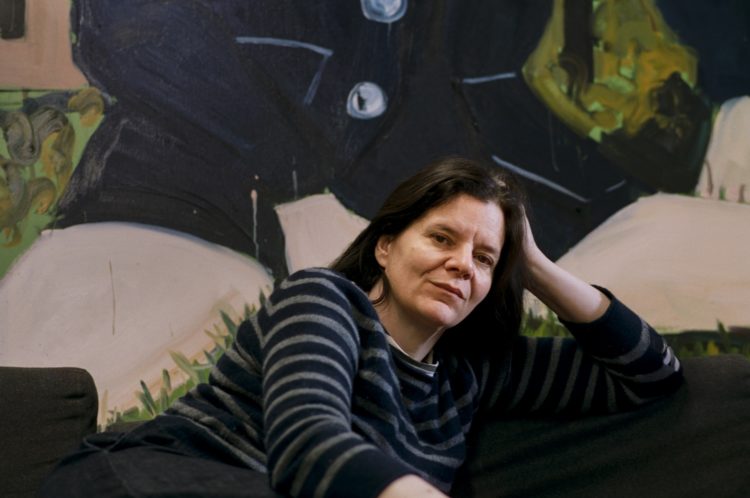
Chantal Joffe
1945 | United Kingdom
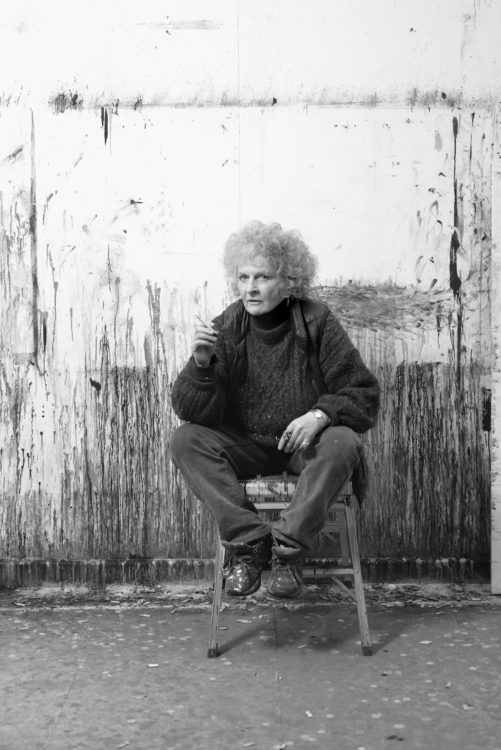
Maggi Hambling
1956 — 2008 | Colombia

María Teresa Hincapié
1963 | Singapore

Mastura Abdul Rahman
1945 — 2023 | United States

Gail Tremblay
1933 — 2007 | Lithuania

Marija Teresė Rožanskaitė
1906 — Russian Empire (now Lithuania) | 1998 — Lithuania

Veronika Šleivytė
1943 — 2014 | United States

Rosemary Mayer
1974 | Poland

